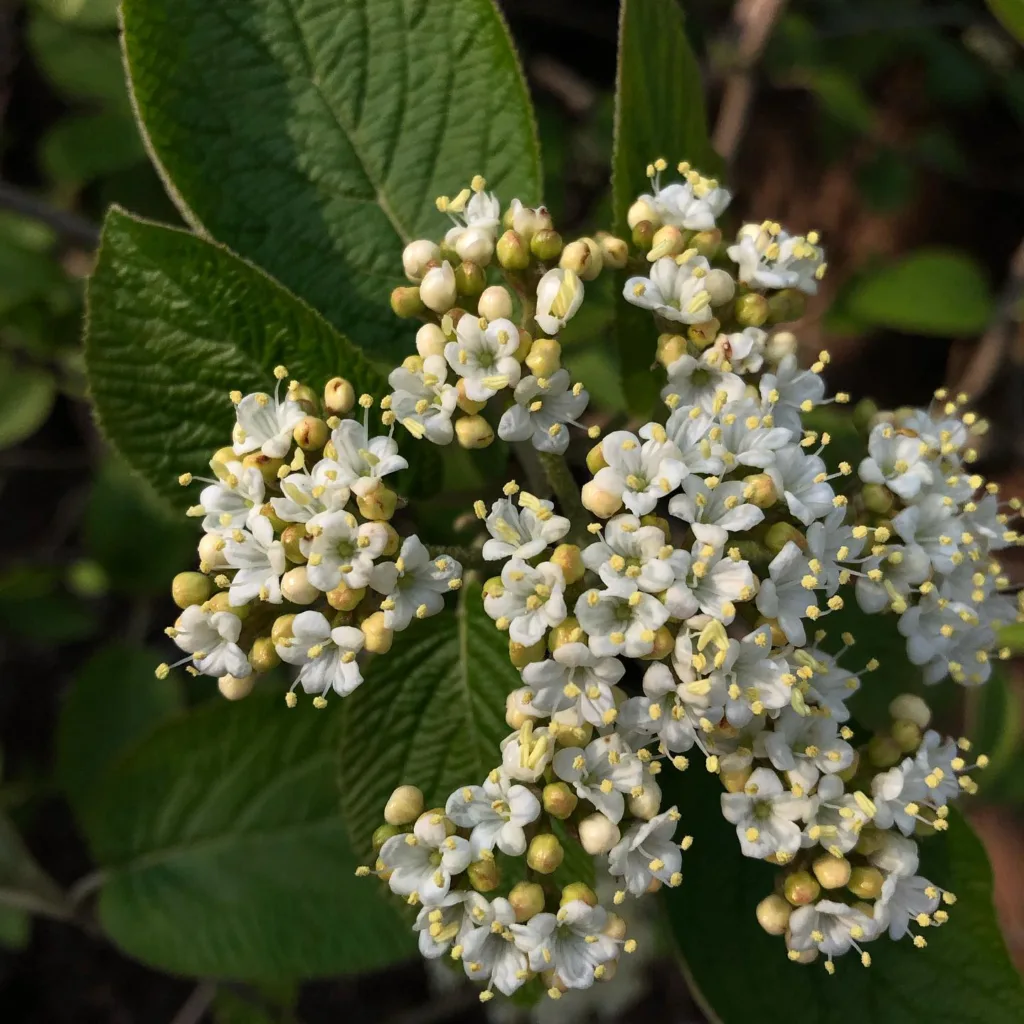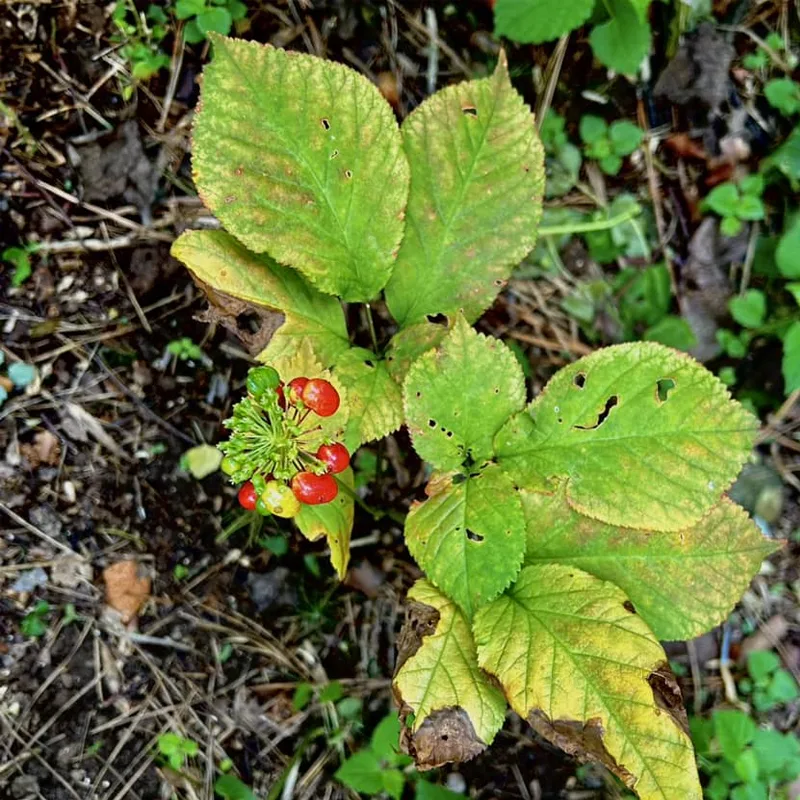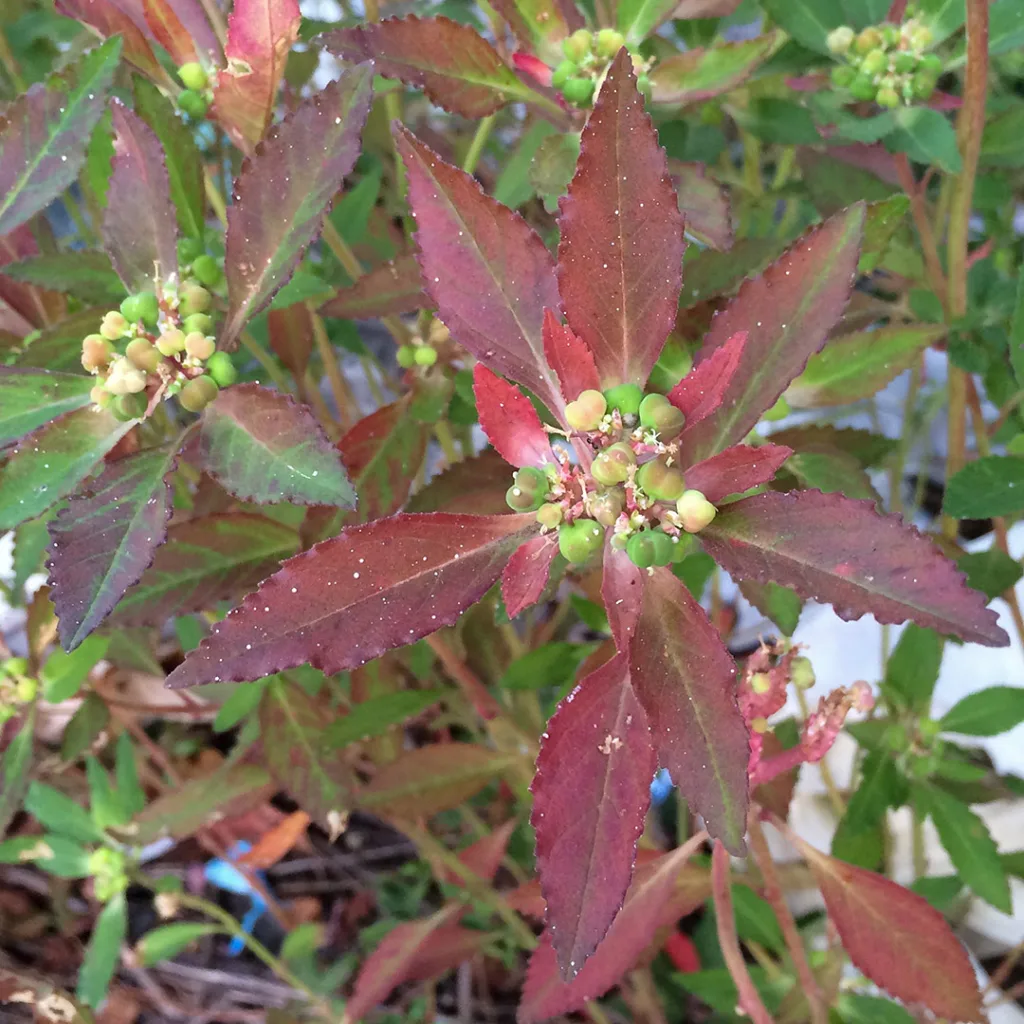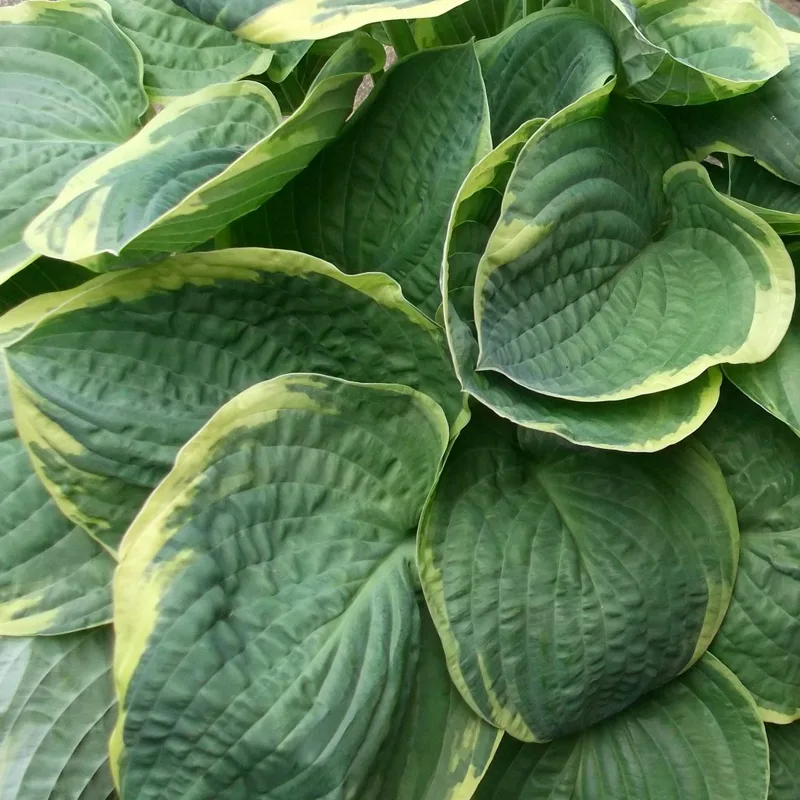My Love Affair with Poppy Mallows: An Ode to Callirhoe
The prairie stretches out before me, a sea of green and gold under the vast Montana sky. But it’s the splashes of vibrant color that catch my eye – the fiery reds, the deep purples, the shocking pinks. These are the poppy mallows, the genus Callirhoe from the Malvaceae family, and I, Ferb Vu, am utterly captivated by them.
Maybe it’s their delicate beauty that draws me in. Their cup-shaped flowers, so reminiscent of poppies, seem to dance in the slightest breeze. Or perhaps it’s their resilience, their ability to thrive in the harsh conditions of the prairie. Whatever the reason, I find myself drawn to these wildflowers again and again.
A Diverse Family
Callirhoe is a relatively small genus, with only nine recognized species. But each one has its own unique charm. There’s the purple poppy mallow (Callirhoe involucrata), with its deep magenta blooms and sprawling habit, perfect for cascading over a rock wall. Then there’s the winecup (Callirhoe digitata), with its slender stems and fiery red flowers that resemble tiny cups of wine. And who could forget the pale poppy mallow (Callirhoe alcaeoides), with its delicate white or pale lavender flowers that bring a touch of elegance to the prairie?
Here’s a complete list of the Callirhoe species, just to give you a sense of their diversity:
- Callirhoe alcaeoides (pale poppy mallow)
- Callirhoe bushii (Bush’s poppy mallow) – Plant FAQs: Callirhoe Bushii
- Callirhoe digitata (winecup)
- Callirhoe involucrata (purple poppy mallow) – Plant FAQs: Callirhoe Involucrata
- Callirhoe leiocarpa (dwarf poppy mallow)
- Callirhoe papaver (poppy mallow)
- Callirhoe pedata (bird’s-foot poppy mallow)
- Callirhoe triangulata (clustered poppy mallow)
- Callirhoe scabriuscula (Texas poppy mallow)
More Than Just a Pretty Face
But Callirhoe is more than just a collection of pretty faces. These plants have a rich history, intertwined with the lives of the Native Americans who once roamed these prairies. The roots of some species, like Callirhoe involucrata, were used medicinally to treat a variety of ailments. Others, like Callirhoe digitata, were a source of food, their young leaves and roots adding a touch of flavor to the diets of the indigenous people.
Today, Callirhoe continues to play an important role in the prairie ecosystem. Their flowers provide nectar for pollinators like bees and butterflies, while their seeds offer sustenance to birds and small mammals. And of course, they continue to bring joy to those of us lucky enough to witness their beauty.
A Gardener’s Delight
As an avid gardener, I’ve had the pleasure of cultivating several Callirhoe species in my own backyard. They’re surprisingly easy to grow, thriving in full sun and well-drained soil. I’ve found that they’re relatively drought-tolerant, a real bonus in our dry Montana climate. And they’re not fussy about soil type, happily growing in everything from sandy loam to clay.
One of my favorite things about growing Callirhoe is their long blooming period. They start flowering in late spring and continue to put on a show well into the summer, providing a constant source of color in the garden. And they’re incredibly versatile, looking equally at home in a wildflower meadow, a rock garden, or even a formal border.
A Conservation Concern
Despite their hardiness, some Callirhoe species are facing threats due to habitat loss and degradation. As the prairie continues to be converted to farmland and urban areas, these beautiful wildflowers are losing their home. It’s a reminder that we need to be mindful of our impact on the environment and do what we can to protect these precious plants.
In my own small way, I’m trying to do my part by growing Callirhoe in my garden and spreading the word about their beauty and importance. I encourage everyone to learn more about these fascinating plants and consider adding them to their own gardens. After all, the world could always use a little more color.
If i die, water my plants!



